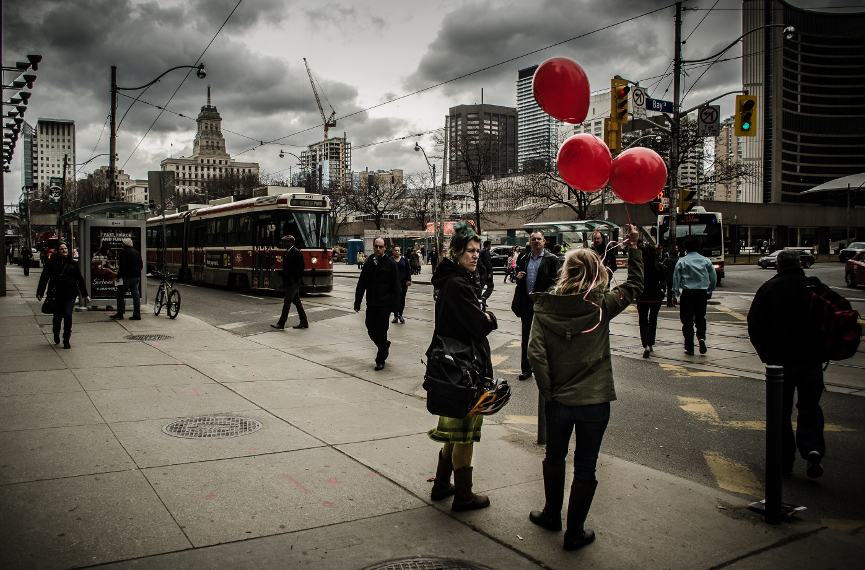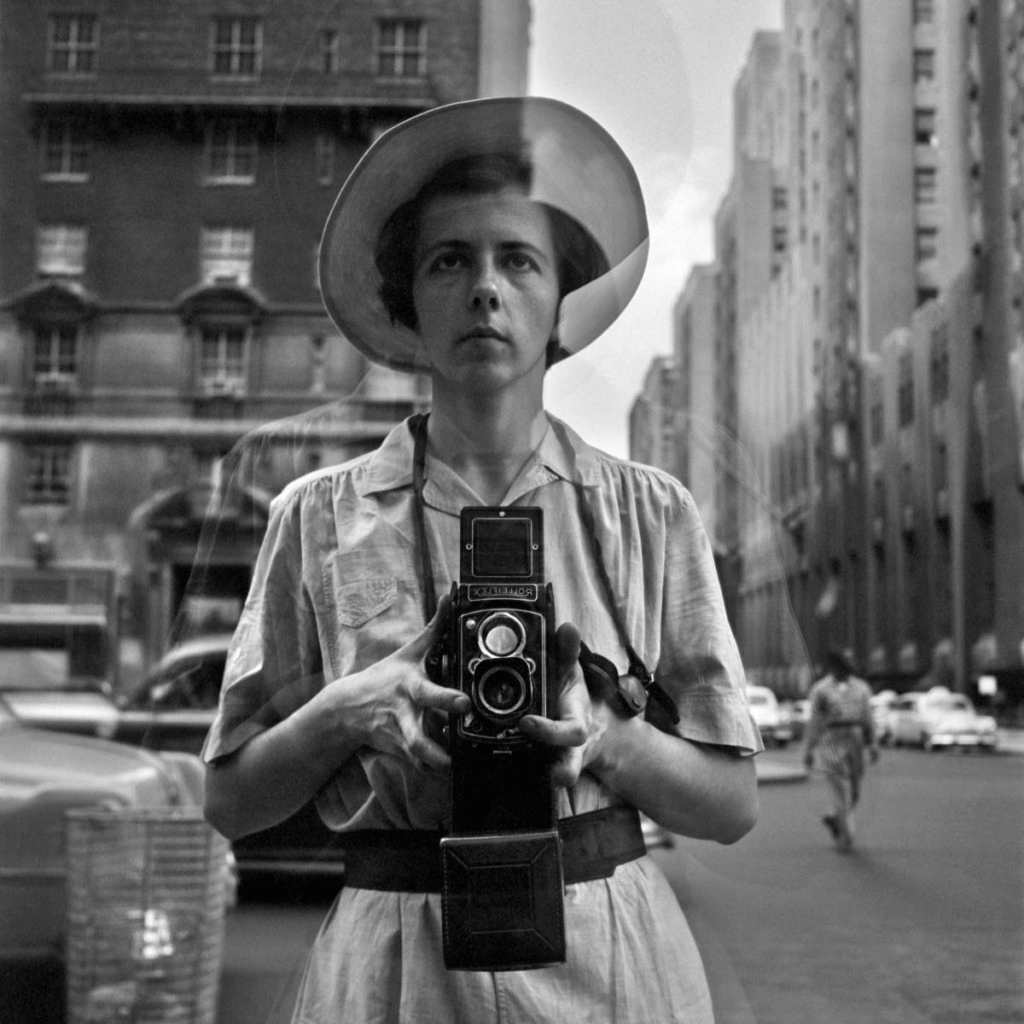Framing Streets Things To Know Before You Buy
Framing Streets Things To Know Before You Buy
Blog Article
Some Known Factual Statements About Framing Streets
Table of ContentsExcitement About Framing StreetsSee This Report on Framing StreetsThe Only Guide for Framing StreetsThe Basic Principles Of Framing Streets The Single Strategy To Use For Framing StreetsThe Basic Principles Of Framing Streets
, normally with the objective of capturing photos at a definitive or emotional minute by careful framework and timing. https://framing-streets-44888302.hubspotpagebuilder.com/framingstreets1/framing-streets-capturing-life-through-street-photography.
Framing Streets Fundamentals Explained
Susan Sontag, 1977 Road digital photography can concentrate on individuals and their behavior in public. In this regard, the street digital photographer resembles social documentary photographers or photographers who additionally work in public places, yet with the goal of recording newsworthy occasions. Any one of these professional photographers' photos may capture people and residential property noticeable within or from public locations, which often involves browsing moral issues and regulations of personal privacy, protection, and home.
Representations of everyday public life form a genre in almost every period of globe art, starting in the pre-historic, Sumerian, Egyptian and early Buddhist art periods. Art dealing with the life of the street, whether within sights of cityscapes, or as the leading concept, shows up in the West in the canon of the North Renaissance, Baroque, Rococo, of Romanticism, Realistic look, Impressionism and Post-Impressionism.
Not known Incorrect Statements About Framing Streets
Louis Daguerre: "Boulevard du Temple" (1838 or 1839) In 1838 or 1839 the very first photograph of figures in the street was taped by Louis-Jacques-Mand Daguerre in one of a set of daguerreotype sights extracted from his workshop window of the Boulevard du Temple in Paris. The second, made at the elevation of the day, shows an unpopulated stretch of street, while the various other was taken at about 8:00 am, and as Beaumont Newhall reports, "The Boulevard, so constantly loaded with a moving crowd of pedestrians and carriages was perfectly singular, except an individual who was having his boots combed.
, who was inspired to embark on a similar paperwork of New York City. As the city established, Atget assisted to advertise Parisian roads as a deserving subject for digital photography.

The Ultimate Guide To Framing Streets
Between 1946 and 1957 Le Groupe des XV each year displayed job of this kind. Andre Kertesz. Circus, Budapest, 19 May 1920 Street digital photography created the major web content of two events at the Gallery of Modern Art (Mo, MA) in New York curated by Edward Steichen, Five French Photographers: Brassai; Cartier-Bresson, Doisneau, Ronis, Izis in 1951 to 1952, and Post-war European Photography in 1953, which exported the idea of street photography globally.

Some Known Incorrect Statements About Framing Streets
, then an educator of young youngsters, linked with Evans in 193839.'s 1958 publication,, was substantial; raw and usually out of emphasis, Frank's images questioned conventional digital photography of the time, "tested all the official rules laid down by Henri Cartier-Bresson and Pedestrian Evans" and "flew in the face of the wholesome pictorialism and wholehearted photojournalism of American magazines like LIFE and Time".
Report this page